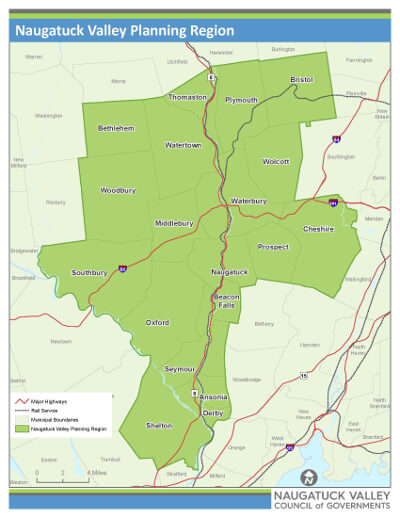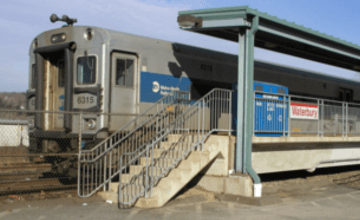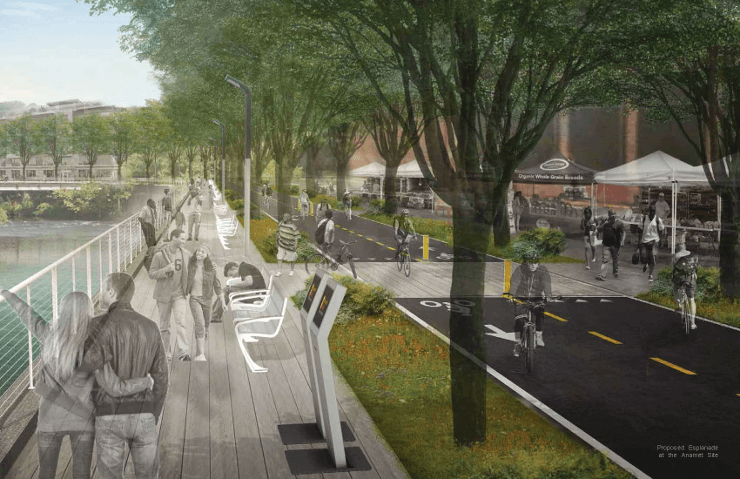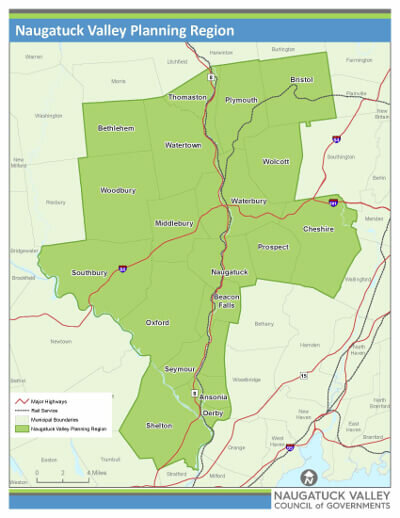BY ED EDELSON AND KURT MILLER

Following certification by the Connecticut Office of Policy and Management (OPM), the newly formed Naugatuck Valley Council of Governments (NVCOG) held the first meeting of our municipal chief elected officials Aug. 22 at Hop Brook Lake in Middlebury. As chairmen of the current councils of governments covering the Naugatuck Valley area, we believe this step to align the 19 cities and towns around the urban center of Waterbury provides the best opportunity for all of our communities to combine resources, and bring significant new investment and cost savings to each of our communities.
With a population of 448,738, the council brings together our common interests in highway and rail transportation, redevelopment of vacant brownfields and the revitalization of our riverfront downtowns. Our smaller suburban communities will benefit equally by this regional approach to economic development, and the ability to jointly deliver services at a scale that is more cost efficient for all of our taxpayers.
The fact Mike Donnarumma, district superintendent of operation services for Metro-North Railroad, and James Redeker, commissioner of the state Department of Transportation, asked to attend this meeting demonstrates that others share this view.
NVCOG will replace the Council of Governments Central Naugatuck Valley and the Valley Council of Governments, the current regional planning organizations. In addition, two towns from the Central Connecticut Council of Governments, Bristol and Plymouth, are part of the NVCOG. The new organization will serve five cities, 13 towns and one borough over 420 square miles, with 2,965 miles of roads.

 As the respective chairmen of the two existing councils, we are enthusiastic about the possibilities of this larger region. We believe it will bring more focus to our transportation needs, which are critical to the future quality of life of our communities. We also are encouraged about the prospects of providing shared services, enabling us to take advantage of the economies of scale of a larger organization. Although our two current organizations have done high-quality work over the past four decades, we recognize they each have had different strengths and areas of focus. Bringing those strengths and experience together is a challenge and an exciting opportunity that will provide greater economic benefit to each of our municipalities.
As the respective chairmen of the two existing councils, we are enthusiastic about the possibilities of this larger region. We believe it will bring more focus to our transportation needs, which are critical to the future quality of life of our communities. We also are encouraged about the prospects of providing shared services, enabling us to take advantage of the economies of scale of a larger organization. Although our two current organizations have done high-quality work over the past four decades, we recognize they each have had different strengths and areas of focus. Bringing those strengths and experience together is a challenge and an exciting opportunity that will provide greater economic benefit to each of our municipalities.
The new organization will have its offices in Waterbury at the current location of the Council of Governments of the Naugatuck Valley, where there is adequate space for expansion. It is expected that the staff from the Valley council will be relocated by early 2015.
The formation of the NVCOG was part of an overall effort initiated by the legislature and implemented by OPM about a year ago. Before 2013, the state had 15 regional planning organizations. As a result of volunteer consolidations and the state’s 2014 redrawing of the boundaries of Connecticut’s planning regions, there now are nine regional planning organizations. The next challenge for the state is the consolidation of the Metropolitan Planning Organizations (MPOs), which are the federal regions that plan our transportation systems and jointly allocate federal funds for these projects with the Connecticut Department of Transportation. There currently are eight MPOs in Connecticut, and the direction is to have fewer MPOs with boundaries that coincide with the new councils of governments’ boundaries.
The alphabet soup of regionalplanning and service-delivery entities can be daunting to new mayors, first selectman and citizens, but the need for wider regional cooperation in conducting transportation planning, economic development, water resources and social services cannot be denied. Because of the many small, overlapping regional organizations, Connecticut was unable to take advantage of the economies of scale offered by new technology or be as competitive for federal resources when it came up against the much larger counties and MPOs that prevail across the rest of the United States. No one municipality can prosper unless the whole region moves forward.
At the same time, as first selectmen of small towns, we recognize the importance of maintaining the quality of life that comes from our unique communities. That means carefully choosing what is appropriate to be done on a regional basis versus what should continue to be delivered and controlled at the town level. We expect there will be a vibrant conversation about this in the coming years.
We want to encourage that.
Although we recognize the attractiveness of receiving services on a small-scale, personal level that appeals to our residents, we also recognize there is a high cost to providing many of these services, especially in comparison with the 48 other states that have county-level government.
There are many reasons Connecticut is a high-tax state, but we no longer can afford to ignore the fact many services are delivered at an inefficient and expensive scale.
At the same time, we recognize the importance of our new region’s major cities — such as Waterbury, Bristol and Shelton — as the economic engines. Their economic and social future is critical to all of the surrounding towns. We are all dynamically linked. We also must press our case that all of our communities provide the highly educated workforce that drives the economy. New investment in our transportation connections to other parts of the state are the most important factor in Connecticut’s economic growth. The problems and successes of one are shared by all.
With the start of the new organization, we see many positive possibilities to help all 19 municipalities.
This is an exciting time, and we are optimistic about the future of the new Naugatuck Valley Council of Governments.
Ed Edelson, a Democrat, is first selectman of Southbury. Kurt Miller, a Republican, is first selectman of Seymour. They are co-chairmen of the Naugatuck Valley Council of Governments.




